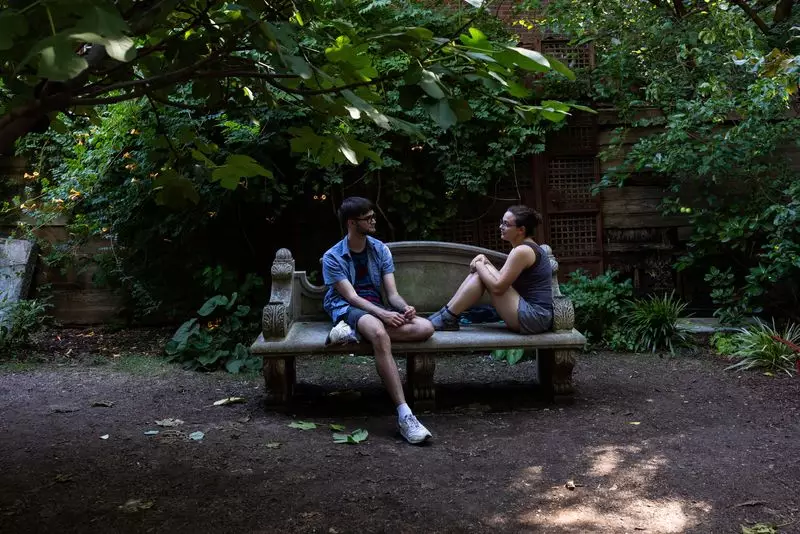New York City, known for its bustling urban landscape and high population density, is facing a critical need for more housing development to cater to its growing population. Mayor Eric Adams has made building more housing a top priority for his administration, with a goal of constructing 500,000 new homes by 2032. The city’s Department of Housing Preservation and Development reported a vacancy rate of 1.4% in February, the lowest since 1968, highlighting the pressing need for additional housing units.
The controversy surrounding the development of the Elizabeth Street Garden in lower Manhattan exemplifies the challenges that arise as the city strives to balance the need for affordable housing with the preservation of urban green spaces. The proposed 123-unit affordable housing project for seniors on the one-acre plot has faced opposition from local residents, celebrities, and advocates for green spaces. While alternative sites have been suggested to accommodate more housing units, housing officials remain skeptical, citing the urgency of addressing the city’s housing crisis.
City of Yes: Zoning Regulations and Neighborhood Concerns
Mayor Adams’ City of Yes plan aims to update zoning regulations to facilitate new development across the city. The initiative includes measures to convert underused office buildings into residential units and allow apartments above businesses in low-density commercial areas. However, the proposal has been met with resistance, particularly in low-density neighborhoods outside of Manhattan, where residents fear overcrowding and a loss of neighborhood character.
Queens Borough President Donovan Richards has expressed conditional support for the City of Yes plan, recognizing the need for more affordable housing in the city. Nevertheless, concerns persist about the potential transformation of predominantly owner-occupied single-family neighborhoods into areas dominated by market-rate or luxury apartments. Critics argue that the plan could lead to increased population density, reduced quality of life, and the disappearance of green spaces, further exacerbating the city’s housing crisis.
Impact on Urban Green Spaces
The Elizabeth Street Garden, a beloved public garden in the heart of Little Italy, faces an uncertain future as the debate over housing development intensifies. The garden, established in 1991 on land leased from the city, has become a cherished oasis in the densely crowded neighborhood, attracting visitors seeking respite from the urban hustle and bustle. Celebrities like Robert De Niro and Martin Scorsese, along with thousands of supporters, have called for the preservation of the garden, emphasizing the importance of maintaining the city’s unique green spaces.
As New York City grapples with the challenges of housing affordability and urban development, the preservation of green spaces like the Elizabeth Street Garden is crucial to maintaining residents’ quality of life. While the need for more housing units is undeniable, it is essential to strike a balance between development and environmental preservation to ensure a sustainable and vibrant urban landscape for all New Yorkers. The fate of the Elizabeth Street Garden serves as a poignant reminder of the delicate equilibrium between progress and the protection of cherished community spaces.

